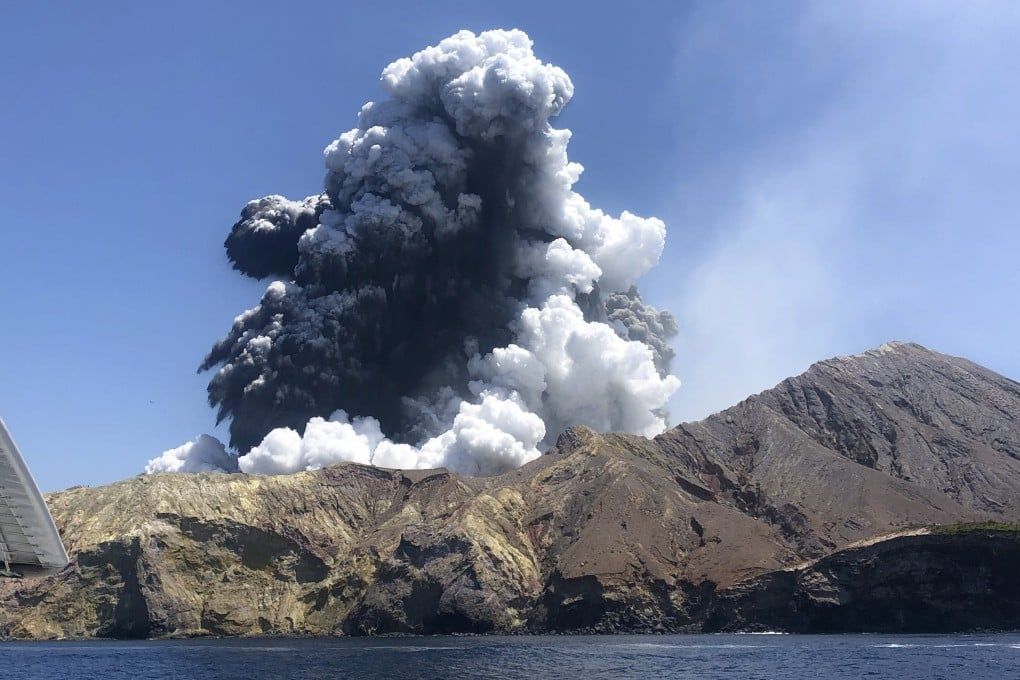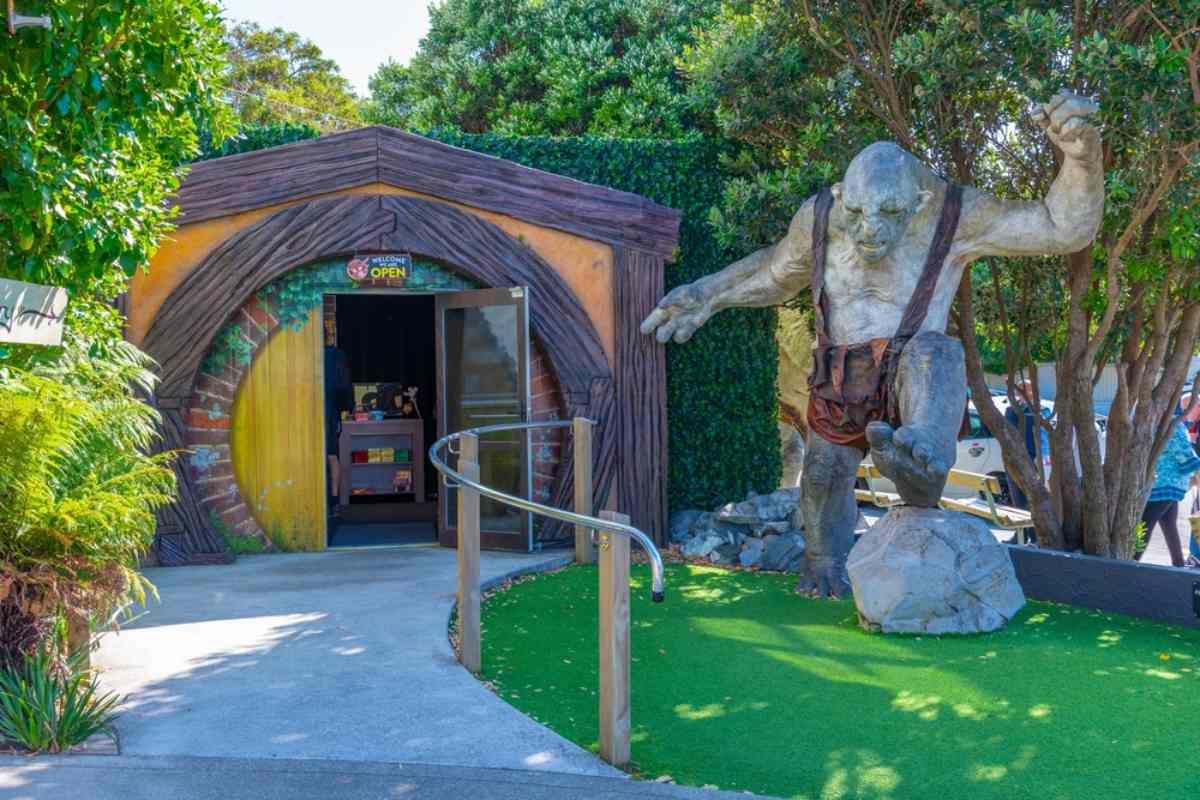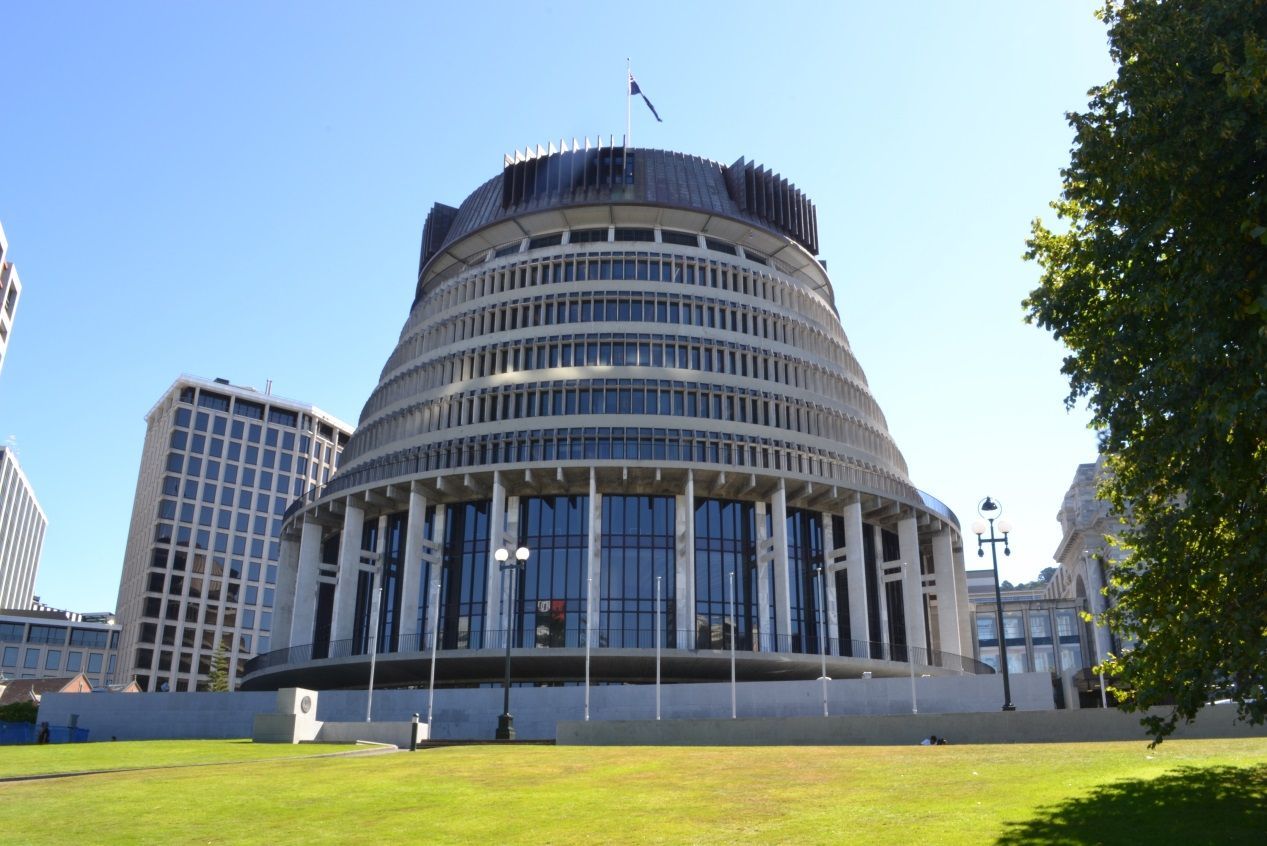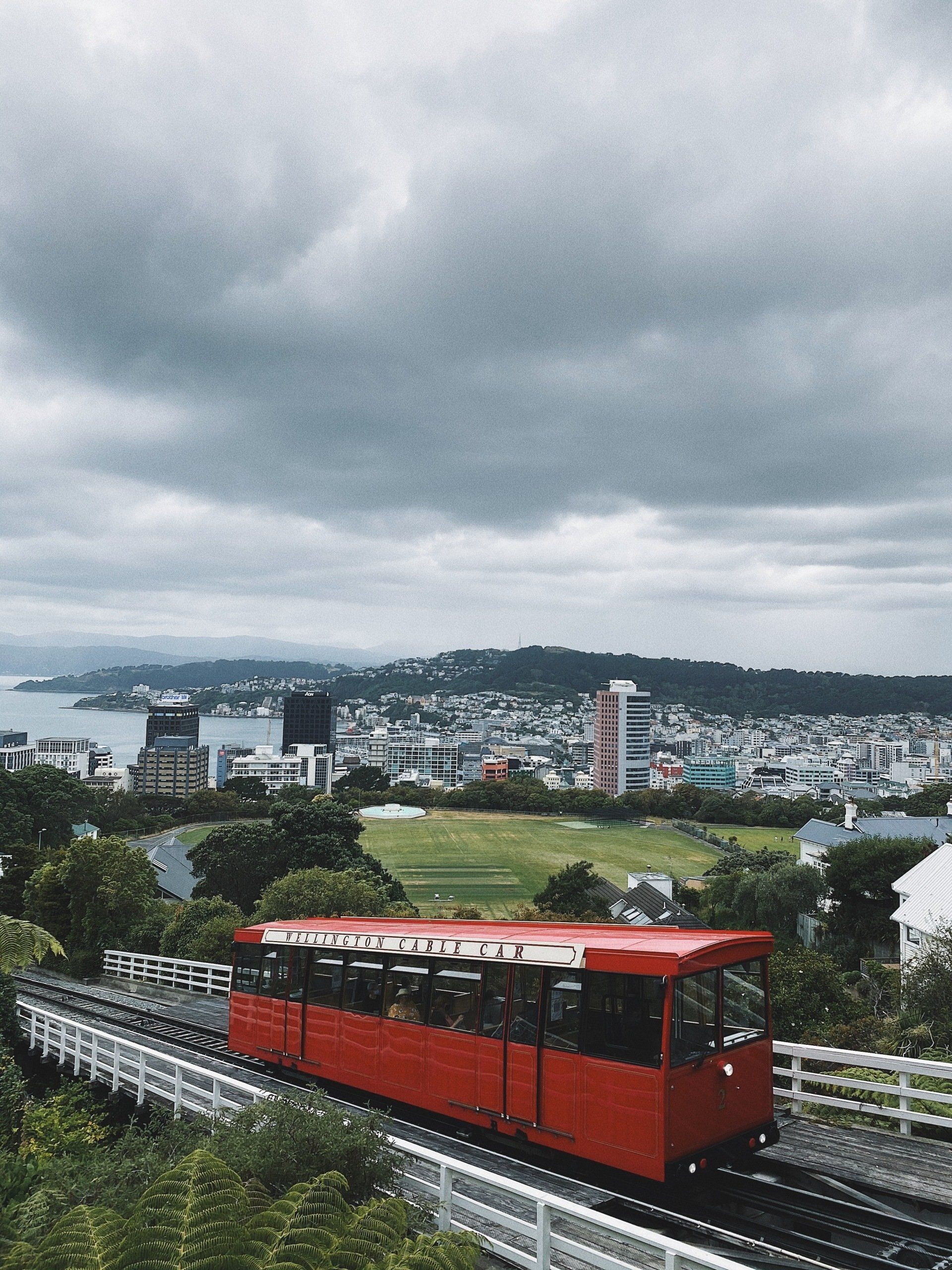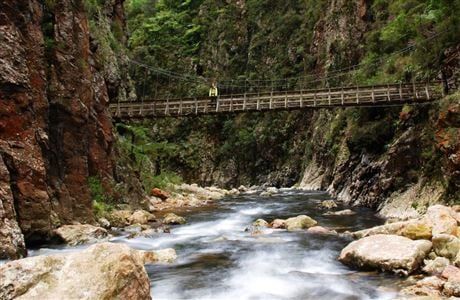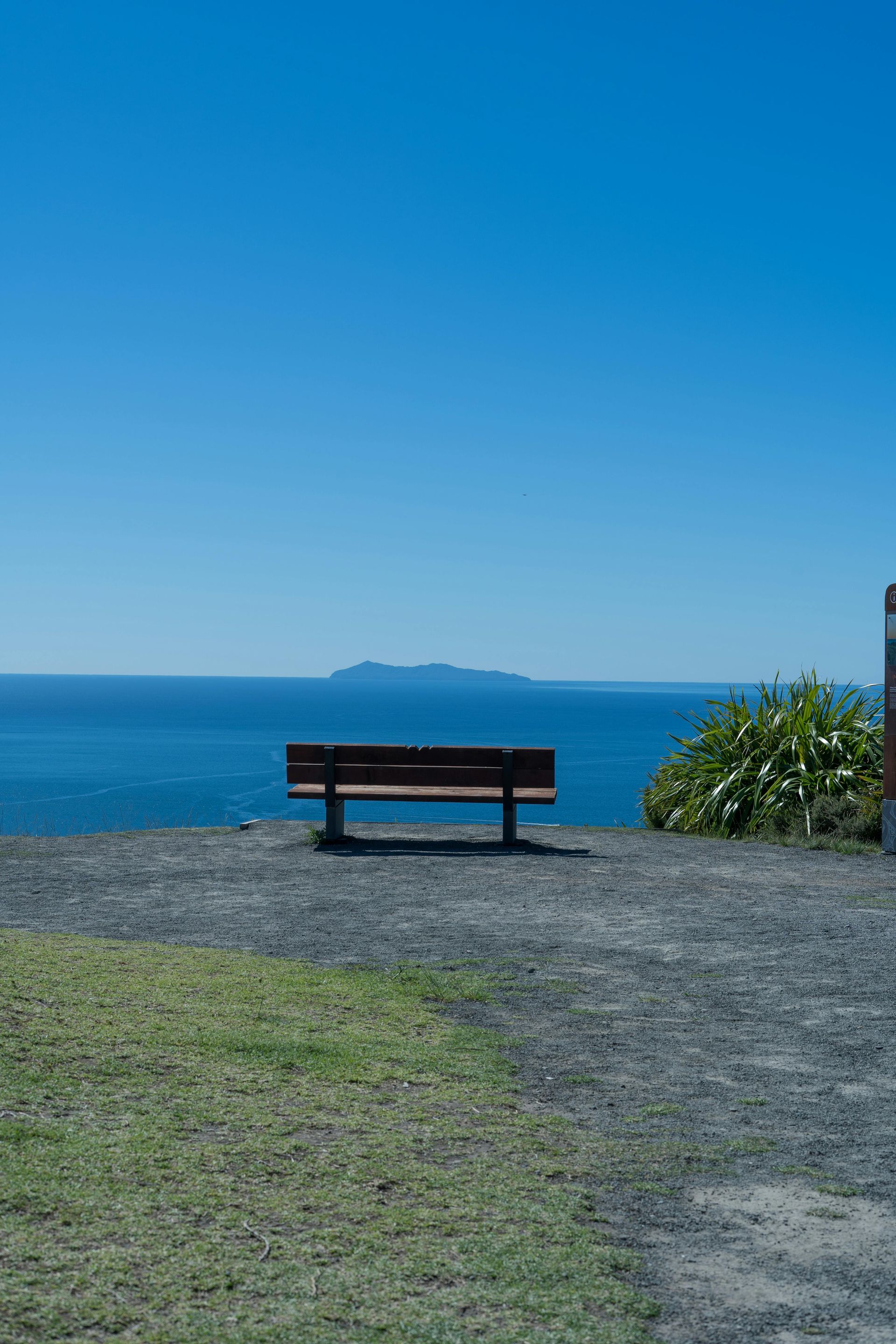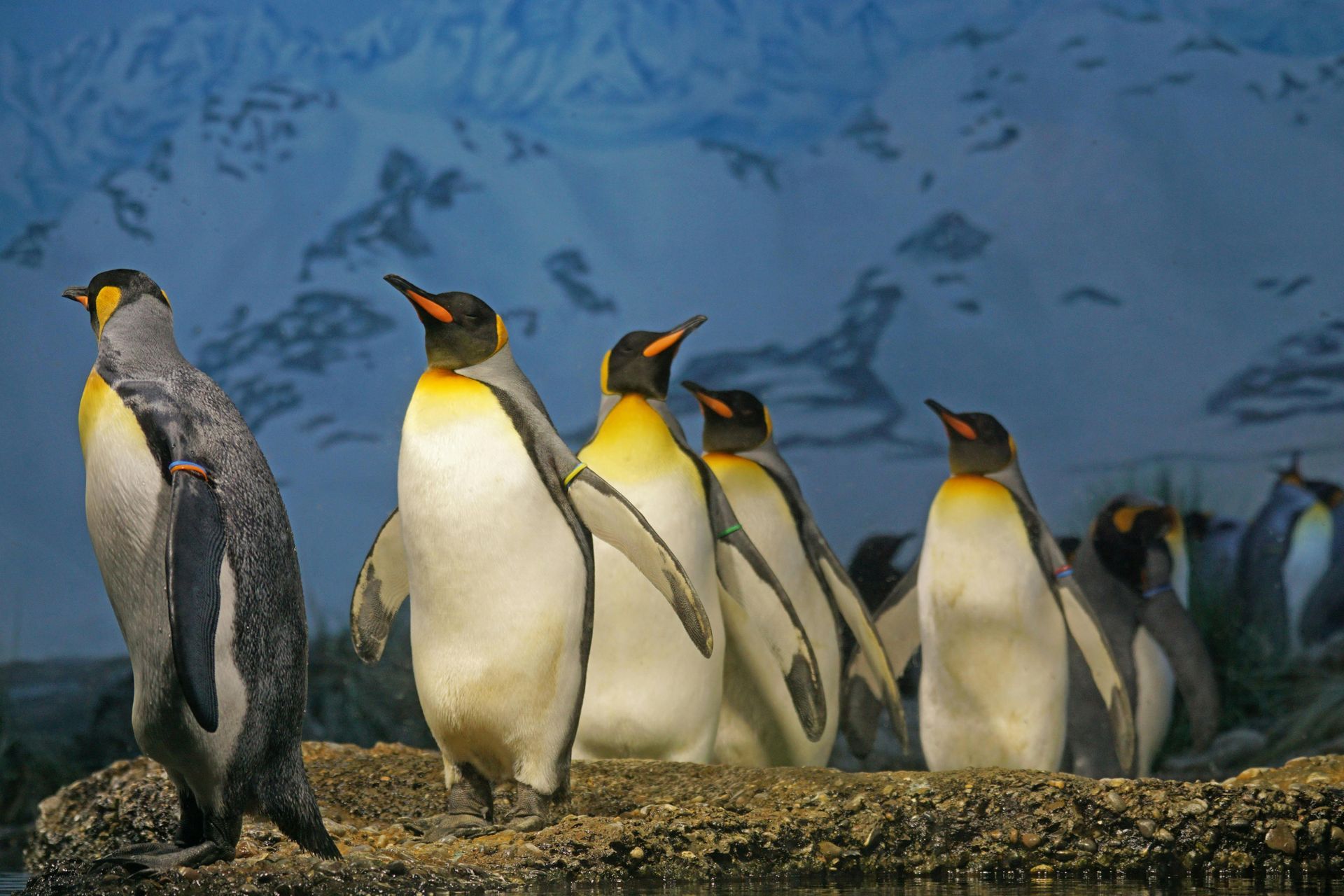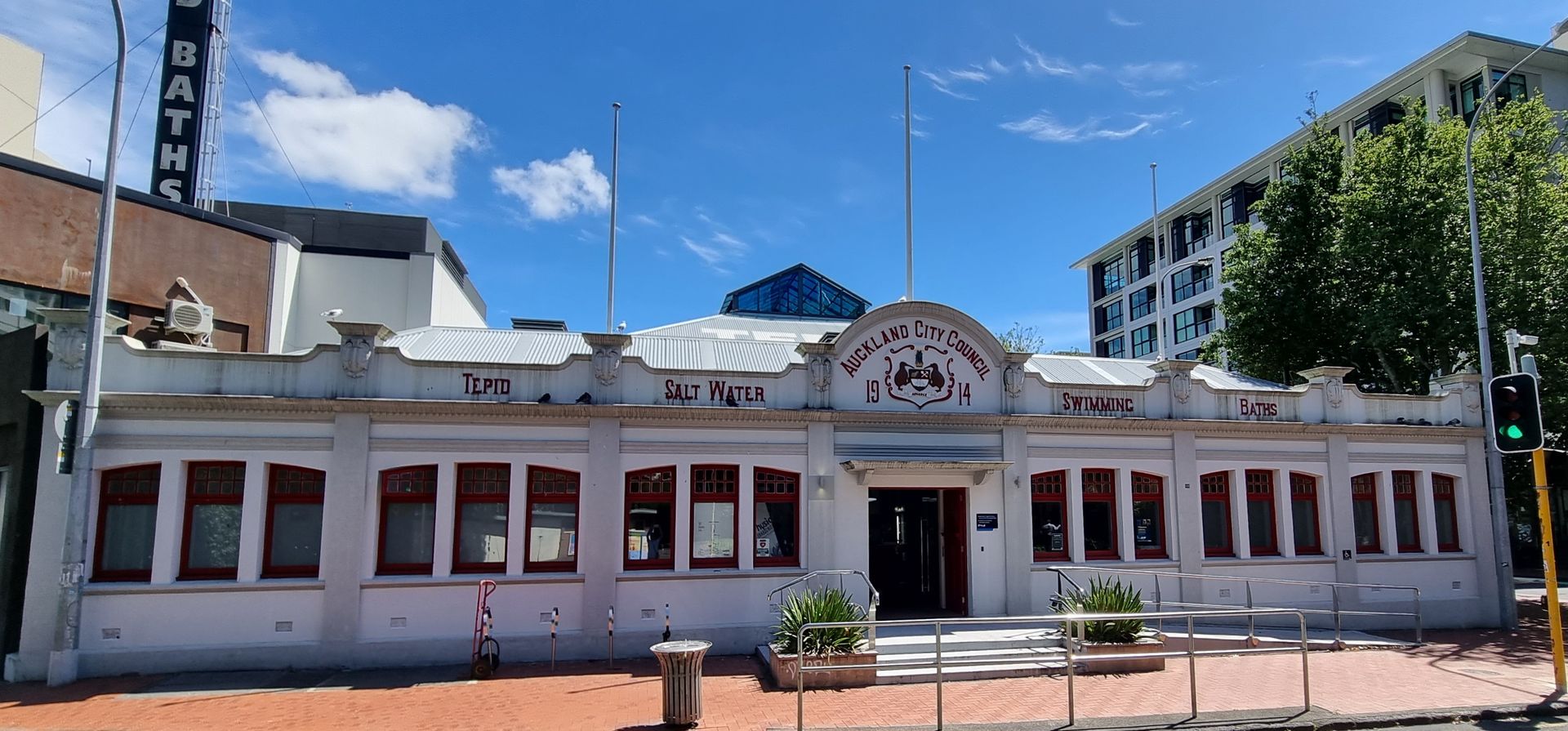The most active volcano in New Zealand, White Island!
Whakaari/White Island: A Scarred Beauty, a Silent Giant
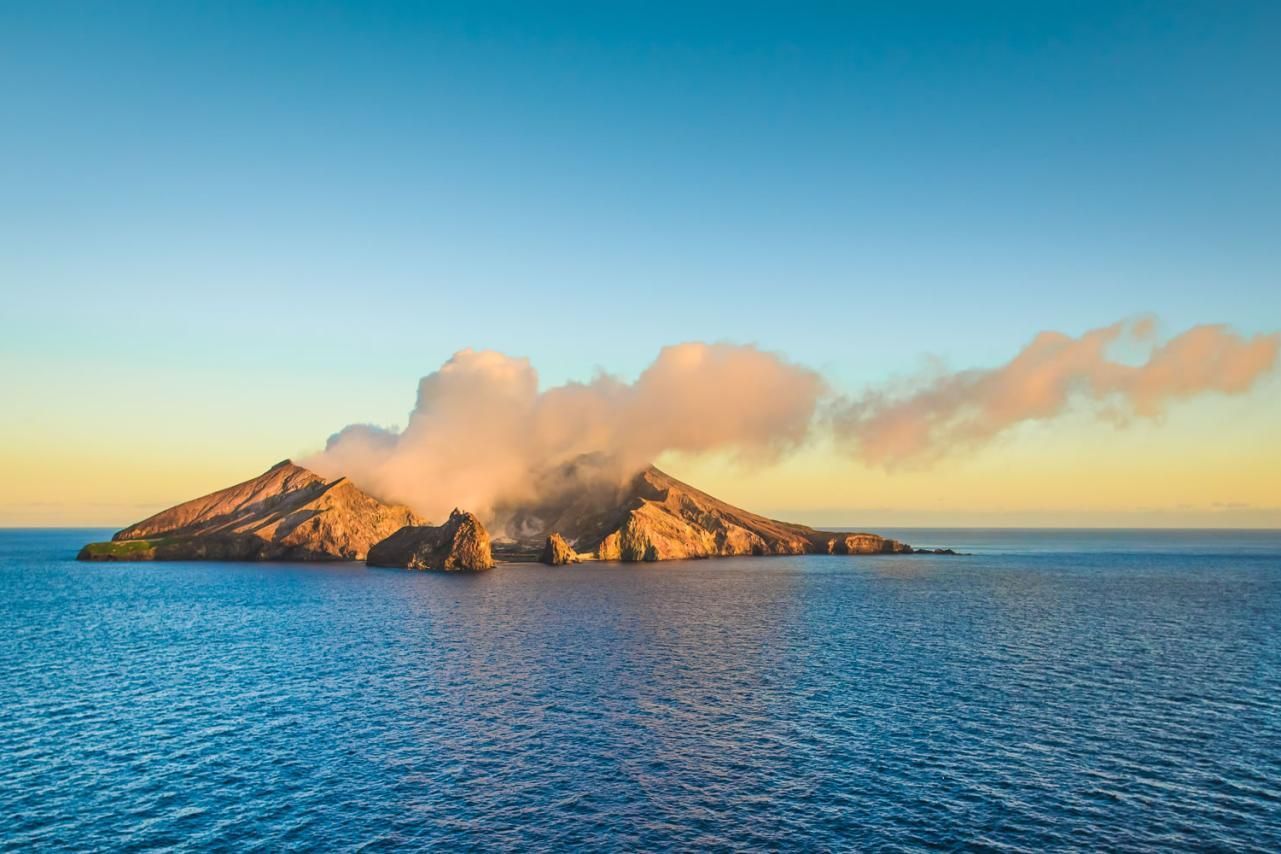
Whakaari/White Island. The name itself evokes a sense of mystery and power. For years, this active volcano off the coast of New Zealand's North Island was a popular, albeit risky, tourist destination. Visitors were drawn to its otherworldly landscape, the hissing steam vents, and the vibrant colours of the crater lake. But on December 9, 2019, the island's inherent danger became tragically apparent. A sudden eruption changed Whakaari/White Island, and the lives of many, forever.
This post explores the story of Whakaari/White Island – its geological history, the devastating 2019 eruption, the aftermath, and where things stand today.
A Volcano Born of the Sea:
Whakaari/White Island is New Zealand's most active cone volcano, and it's a truly unique geological formation. What we see above the surface is just the tip of a much larger underwater mountain, rising over 1,600 meters (5,250 feet) from the seafloor. The island itself is relatively young, geologically speaking, having been built up by continuous volcanic activity over the past 150,000 years.
The volcano is part of the Taupō Volcanic Zone, a region of intense geothermal activity stretching across the North Island. This zone is created by the subduction of the Pacific Plate beneath the Australian Plate – a process that fuels many of New Zealand's volcanoes and geothermal areas.
Whakaari/White Island is known for its andesitic volcanism. This means its eruptions tend to be explosive, producing ash plumes, pyroclastic flows (fast-moving currents of hot gas and volcanic debris), and sometimes lava flows. The volcano has been in a near-constant state of unrest for decades, with frequent small eruptions, gas emissions, and
changes in the crater lake.
The 2019 Eruption: A Day of Tragedy:
On December 9, 2019, 47 people were on Whakaari/White Island when it erupted. Most were tourists participating in guided tours. The eruption was sudden and devastating. A powerful explosion sent a plume of ash and superheated steam thousands of feet into the air. Pyroclastic flows swept across the crater floor.
Twenty-two people died, either directly from the eruption or later from their injuries. Many others suffered severe burns and other injuries. The event was a national tragedy for New Zealand and sent shockwaves around the world.
The Aftermath: Rescue, Recovery, and Reckoning:
The immediate aftermath of the eruption was marked by heroic rescue efforts. Tour operators, helicopter pilots, and first responders risked their own lives to bring survivors off the island. The recovery of the deceased was a long and difficult process, hampered by the ongoing volcanic activity.
In the years since the eruption, there has been a period of intense scrutiny and reflection. Several key questions have been raised:
- Were the risks adequately communicated to tourists?
- Should tours have been allowed to continue, given the heightened volcanic activity in the weeks leading up to the eruption?
- Who is ultimately responsible for the safety of visitors to the island?
Legal proceedings have been ongoing, with WorkSafe New Zealand (the country's workplace health and safety regulator) bringing charges against various parties, including tour operators and the island's owners. These proceedings have resulted in guilty pleas and fines. The legal and ethical ramifications of the disaster continue to be debated.
Whakaari/White Island Today: A Place of Remembrance and Research:
Whakaari/White Island remains closed to the public. Access is strictly controlled, primarily for scientific monitoring. GeoNet, New Zealand's geological hazard monitoring agency, continues to closely track the volcano's activity. The alert level fluctuates, reflecting the ongoing potential for further eruptions.
The island has become a place of remembrance for the victims and their families. Memorials have been established on the mainland, and there are ongoing discussions about the most appropriate way to honor those who lost their lives.
Whakaari/White Island is also a valuable site for scientific research. Studying the volcano's activity helps scientists better understand the processes that drive eruptions and improve warning systems. This research is crucial for mitigating the risks posed by other active volcanoes in New Zealand and around the world.
A Future Uncertain:
The future of Whakaari/White Island is uncertain. Whether tourism will ever return is a complex question, with no easy answers. The island's inherent danger cannot be ignored, and any future access would need to be managed with the utmost caution and respect for the lives lost.
For now, Whakaari/White Island stands as a silent, scarred testament to the power of nature and the fragility of human life. It is a place of beauty, a place of tragedy, and a place of ongoing learning. It serves as a potent reminder that while we can marvel at the wonders of the natural world, we must also respect its power.
